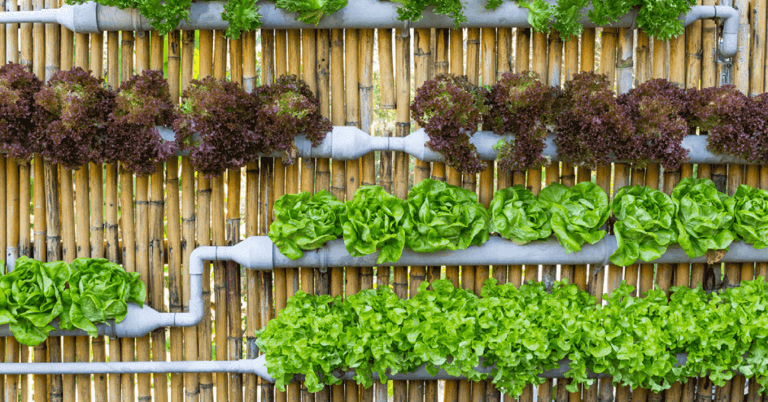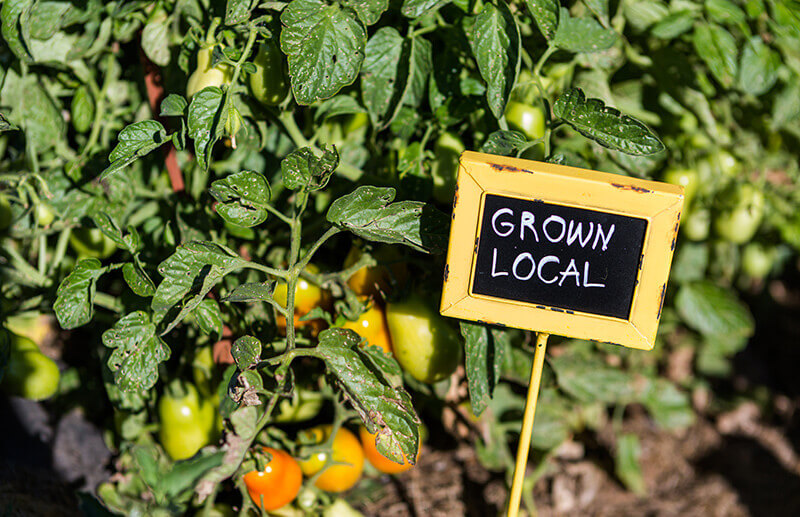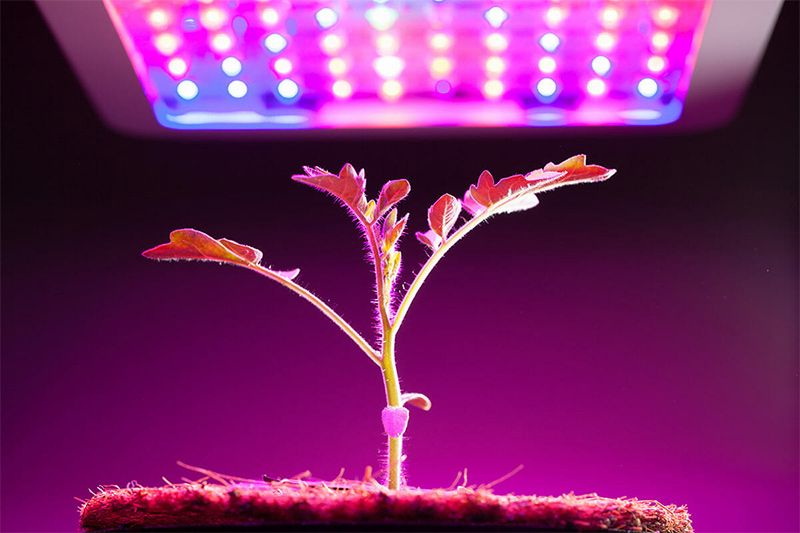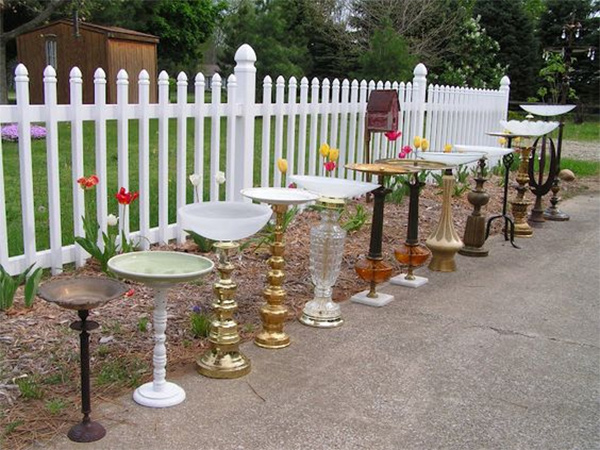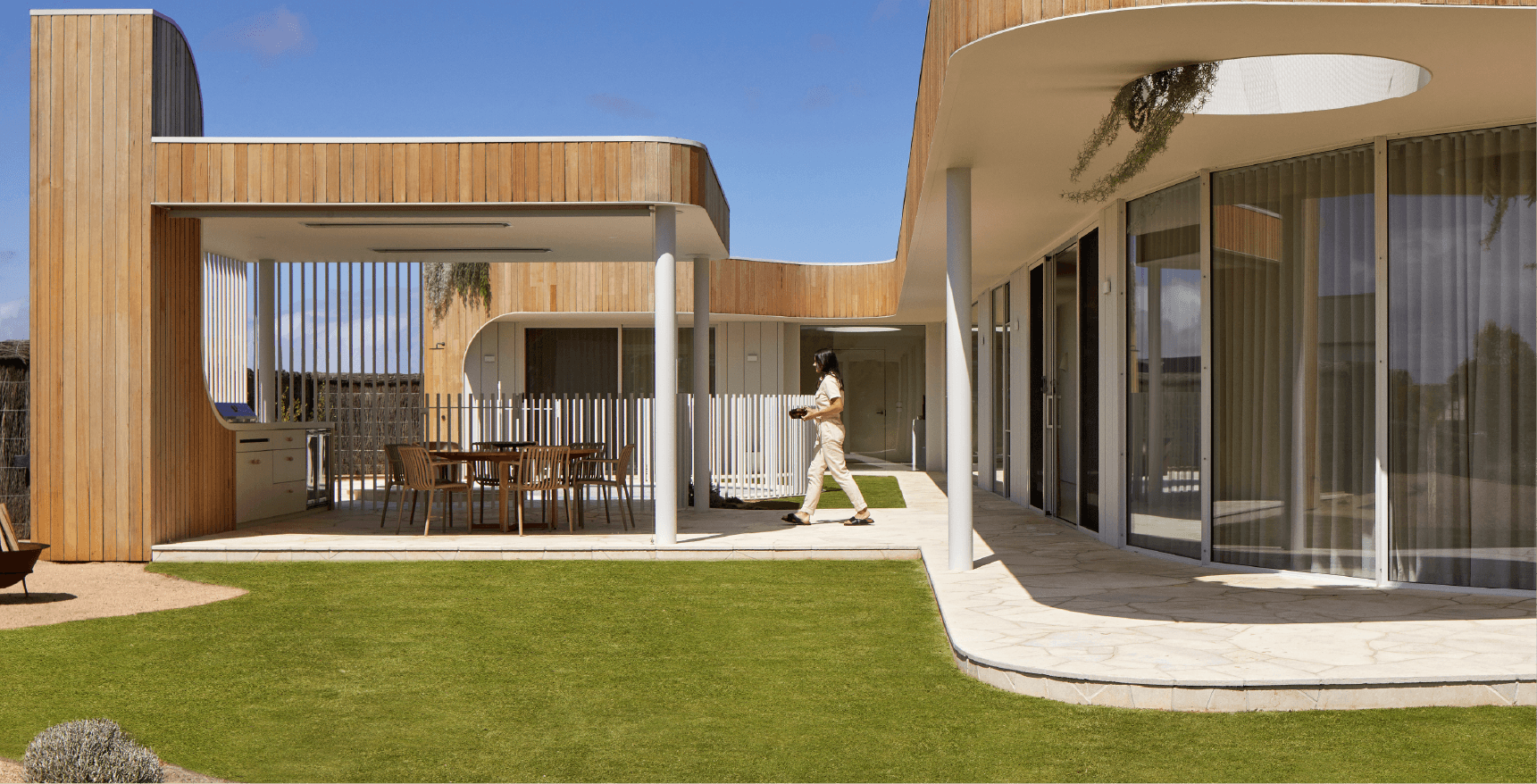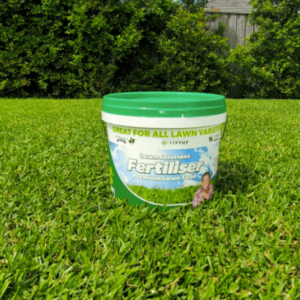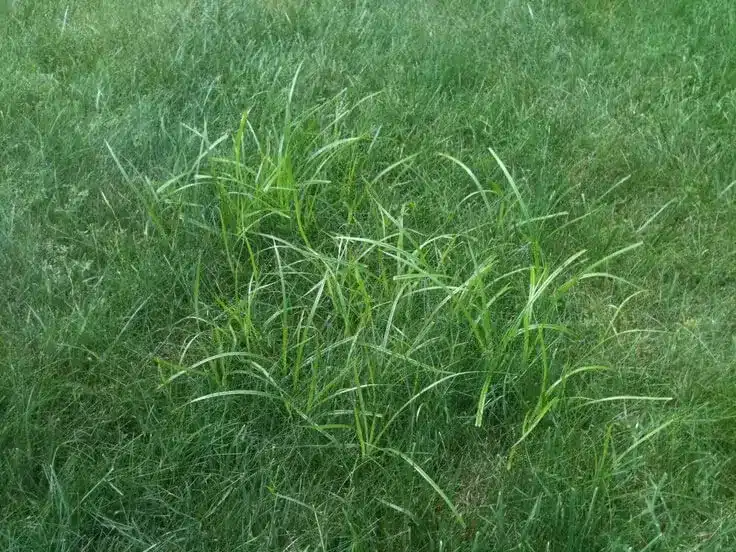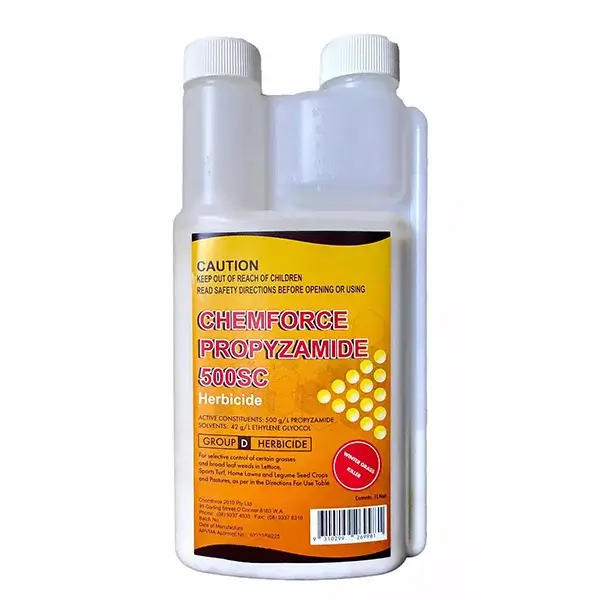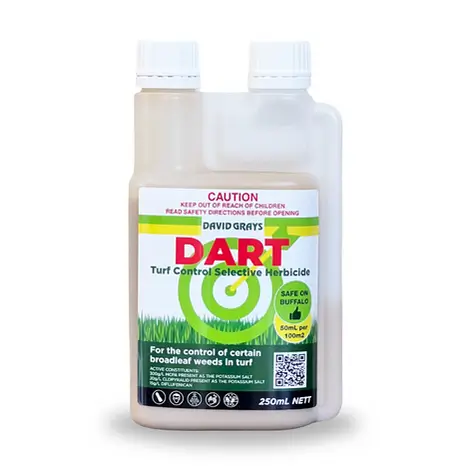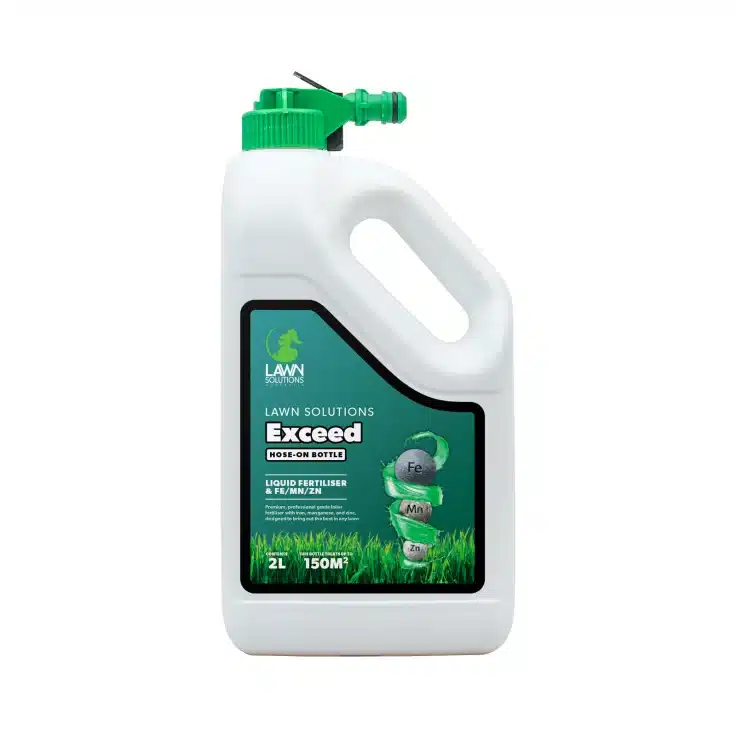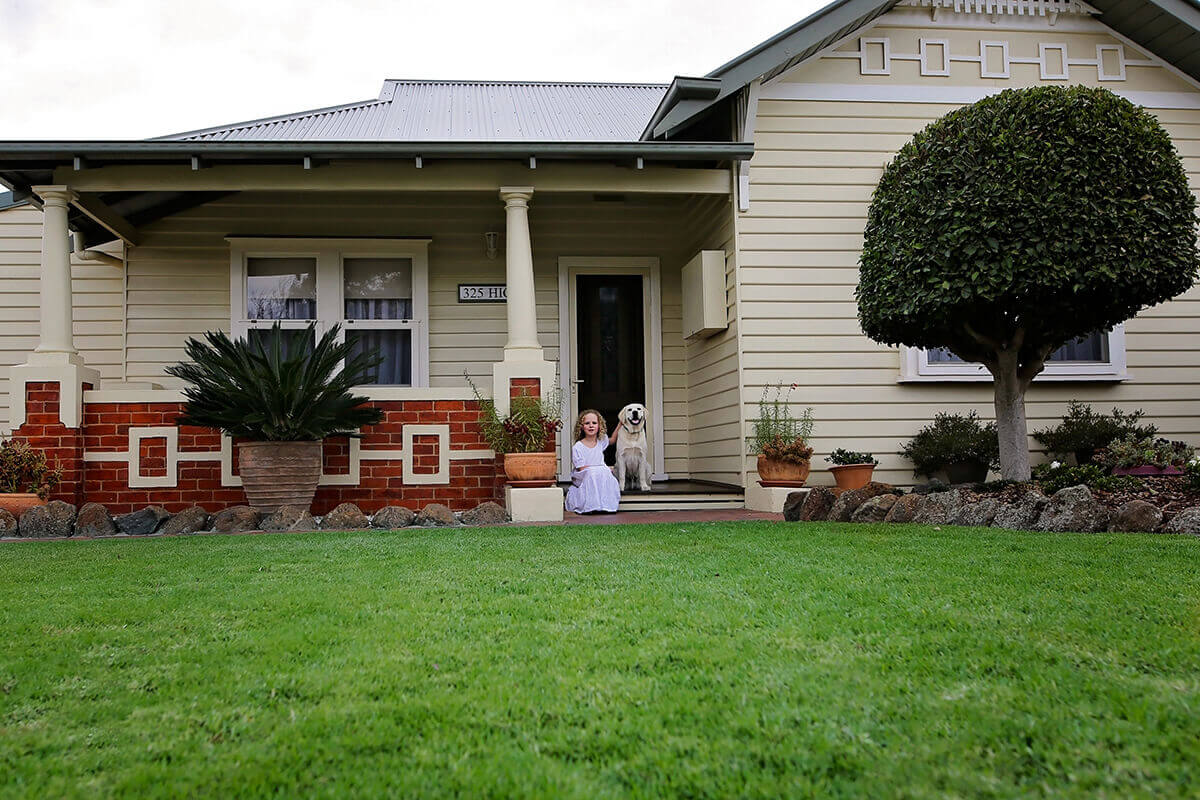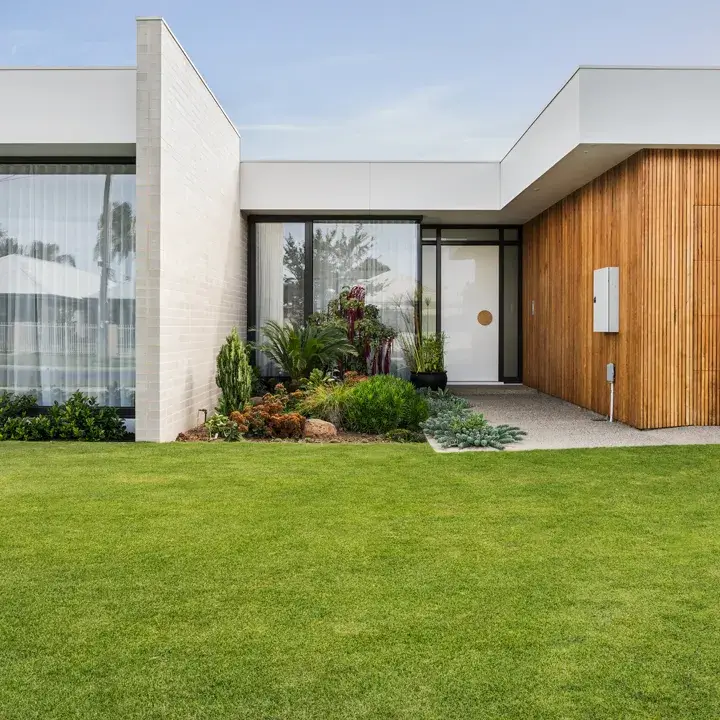Gardening is an age-old pastime that brings joy to people of all generations, right across the globe.
Not only does it provide a chance to disconnect from our busy lives and focus on something that adds beauty and value to our homes and lifestyle, but more and more people are recognising the benefits of gardening and spending time in nature for making us happier and healthier.
As people try to incorporate these benefits into their homes, the last few years have seen a rise in more sustainable, eco-friendly gardening practices that make the most of what you have and create spaces that are good for all involved––gardeners, local wildlife and the earth as a whole.
Here, we take a closer look at the top 10 sustainability trends that are popping up in backyards near you in 2022!
1. Composting
Composting may not seem very trendy, nor is it new, but the act of putting organic material into the soil is increasingly being recognised as a beneficial thing to do for your home and the environment.
Composting is a great way to recycle your kitchen and yard scraps and reduce the amount of waste you put into landfill. You may be surprised to learn how many things can actually go into the compost including food scraps, coffee grounds, garden waste, pet waste and paper.
Once broken down, compost can be used in your garden to provide plants with essential nutrients and it also enhances the fertility of your soil. Composting also ties in nicely with the trend of the ‘no-dig’ gardening, supplying you with the organic mulch you require.
Getting started with composting is easy! You can purchase a variety of different composters depending on the size of your household or you can even build your own using recycled or repurposed items such as cardboard boxes, wooden pallets or plastic buckets.
2. Sustainable soil
Many gardeners are swapping soil for more sustainable growing options, such as wood fibre and green waste compost in a bid to be more environmentally friendly. Some are even adopting a 'no-dig' approach to limit existing soil structure damage.
The ‘no dig’ method of gardening was introduced as a way to further improve the health of your soil, protect wildlife and improve the local environment. To implement this approach, you will need a lot of mulch (well-rotted manure or compost) and the principle is that you don’t dig up your existing soil.
Instead, you just add about 15cm or more of organic mulch to the top which prevents you from disturbing any living things in the existing soil and also kills weed seeds that might be ready to sprout.
3. Edible gardens
Growing your own food is continuing to increase in popularity as people become more concerned with what they eat and how it’s grown. Fruit trees, veggie patches, herb gardens and even edible flowers do double duty in your garden by looking good and tasting good too!
Planting your own crop of fruit and veggies allows you to be in full control of what goes into your food and can be a very rewarding process. You can enjoy the fruits of your labour, reconnect with the seasons and teach kids valuable life lessons about where food comes from and self-sustainable gardening practices.
No space for a veggie patch? No sweat! Herbs, dwarf citrus and plants like tomatoes or strawberries can easily be grown in pots or vertical gardens.
4. Indigenous gardens
There has been a growing trend towards reconnecting to the local environment and planting species that are native to the land. Plants that are indigenous to the area will be better suited to the natural climate and are generally lower maintenance––requiring less water, pruning and fertilising. They will react, thrive and regenerate more efficiently and need less human intervention than foreign plant varieties.
Indigenous planting will not only give you a thriving garden, but it will conserve biodiversity and nourish the native wildlife in your garden. A win-win for you and for the environment!
5. Wildlife gardens
Rewilding, as it’s more commonly known, has been growing in popularity as green-fingered nature lovers use their skills to reverse ecological decline and encourage the growth of native species.
Contemporary landscapes often lack diversity, but many homeowners are now planting a variety of mixed styles and species including flowering and fruiting varieties, with the specific purpose of encouraging wildlife to their backyard.
By ditching chemicals, increasing natives, providing a water source and layering plants of varying heights you will not only increase plant biodiversity in your garden, but also provide food and shelter for animals, birds and useful insects.
6. Maximising small spaces
Thanks to us all spending a lot more time at home these last few years, DIY has risen in popularity and it became very clear that no space is too small to garden! Even the smallest apartment can be home to a flourishing mini-garden nowadays.
Maximising small spaces means that people are utilising what little space they have to grow their own herbs, veggies and house plants. Plenty of plants can be grown in small containers and don’t require a whole lot of upkeep to grow. Even just growing a few herbs or microgreens will help you cut down on grocery costs and have delicious, fresh ingredients ready to use.
7. Electric mowers
It’s no secret that petrol-powered lawn mowers are not doing wonders for the environment. In fact, just one hour of mowing with a commercial mower generates the same amount of pollution as driving a car for 482km!
Electric mowers have begun trending as an obvious clean solution to the classic petrol mower. Electric mowers have improved in leaps and bounds in the last few years, and are generally cheaper, quieter and easier to maintain than their petrol-powered counterparts.
While there are some downsides––such as shorter run times and not being as powerful as a mower running on petrol/diesel––unless you have a massive property to mow, an electric mower should do the job just fine. The environment will definitely be thanking you for it!
8. Climate change gardens
Worried about climate change? It’s hard not to be with all the natural disasters of the last few years, and you’re definitely not alone in feeling that way. Many gardeners are taking action to reduce their carbon footprint and adapt to the changes in weather that are already underway.
Included in this trend are gardens that minimise water use by using drought-tolerant and resilient plants that recycle both hard and soft materials, reduce chemical use and are extra low-maintenance.
You can also take action in your backyard by using solar powered garden products, reducing your use of power tools and planting lots of trees to absorb carbon dioxide.
9. Home sanctuary gardens
In today’s busy modern world, the home garden has become so much more than just something beautiful to look at, but a private sanctuary for people to disconnect, relax and unwind.
More and more people are realising the restorative effects of being in nature for our mental and physical health. Some doctors are even prescribing time outdoors to their patients as a way to help with chronic disease and increase health and happiness. It makes perfect sense that people would want to incorporate these benefits in their own home.
Here are some simple ways you can achieve a sanctuary atmosphere in your backyard:
- Install a water fountain or bird bath
- Consider plants with sweet smelling scents, like jasmine to tantalise your sense of smell
- Use plants to cool your home, like a fast-growing passionfruit vine over a trellis to provide shade
- Plant mosquito repelling varieties to stop pesky insects from interrupting your zen
10. DIY-ing and repurposing
As awareness of the environmental impact of consumerism grows there has been a significant resurgence in DIY garden products and the repurposing of items to make them new again. A quick Google search reveals thousands of DIY tutorials and clever ideas to turn your unused trash into treasure.
Here are just a few of our favourite examples:
- Turn old wooden pallets or tin cans into vertical planting pots
- Make a bird bath out of an old lamp
- Use an old chest of drawers as a plant stand or turn into a mud kitchen for the kids
- Decorate your fence with old photo frames or mirrors
The opportunities are endless so before you throw out that next piece of junk, think about how it might be reused in your garden first!
*Bonus Gardening Trend* - Instant Turf!
And last but certainly not least, lush, green instant turf has seen a big uptick in popularity over artificial lawn. While some might assume that artificial lawn is better for the environment because it doesn’t need to be watered, it still needs water to be cleaned. Instant turf may need to be watered daily for a few weeks upon installation, but after it’s established it can thrive with being watered as little as twice a week.
Instant lawn also contributes to the natural ecology of your backyard, supporting insects, birds and other wildlife. Not to mention that natural grass is going to keep your air fresh and clean too.
At Coolabah Turf we specialise in the exclusive supply of environmentally sustainable watersmart turf grass varieties to fulfil our ‘lawn for life’ promise to every customer. Check out our instant turf varieties and get a free online quote from us here.

